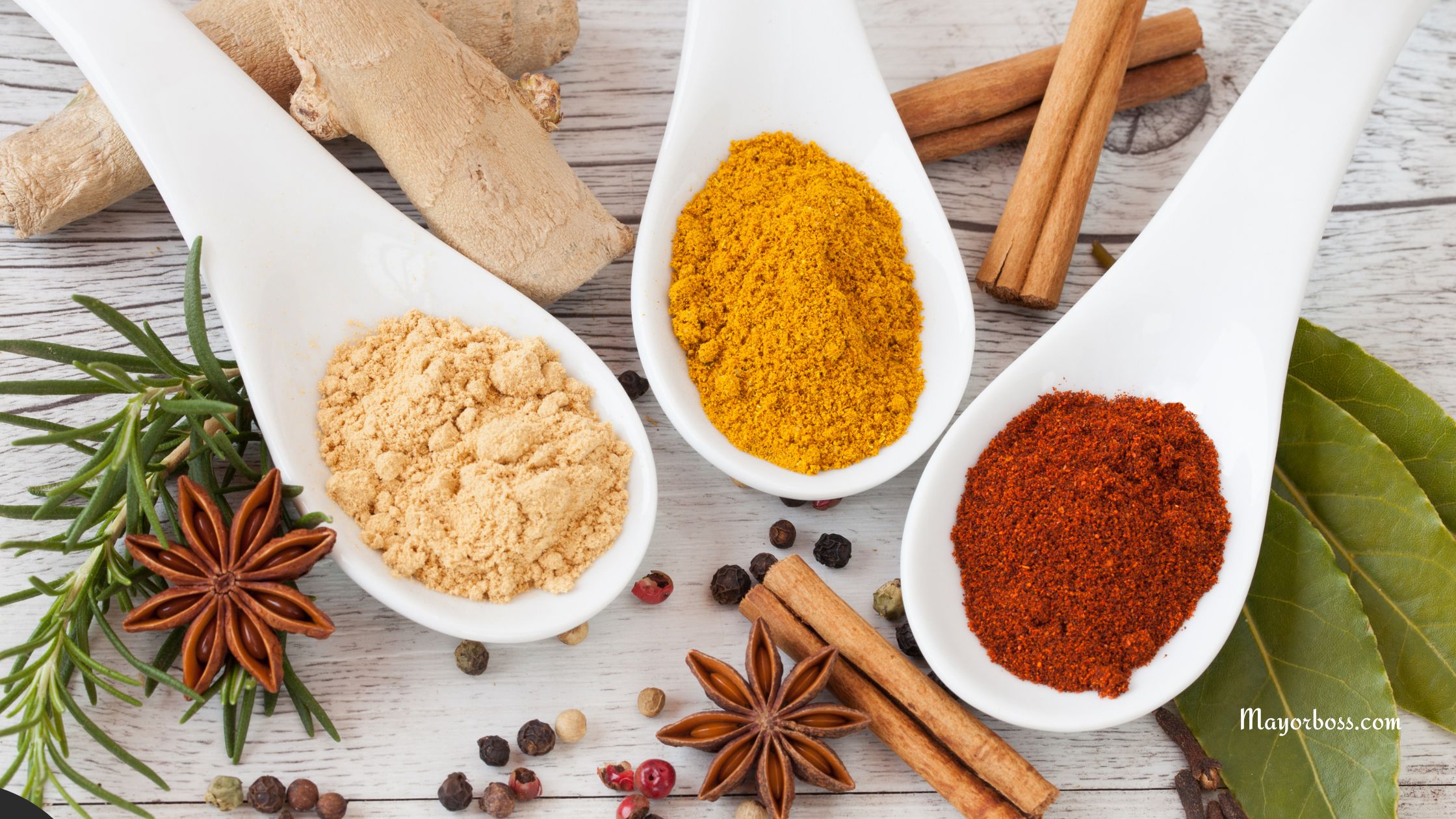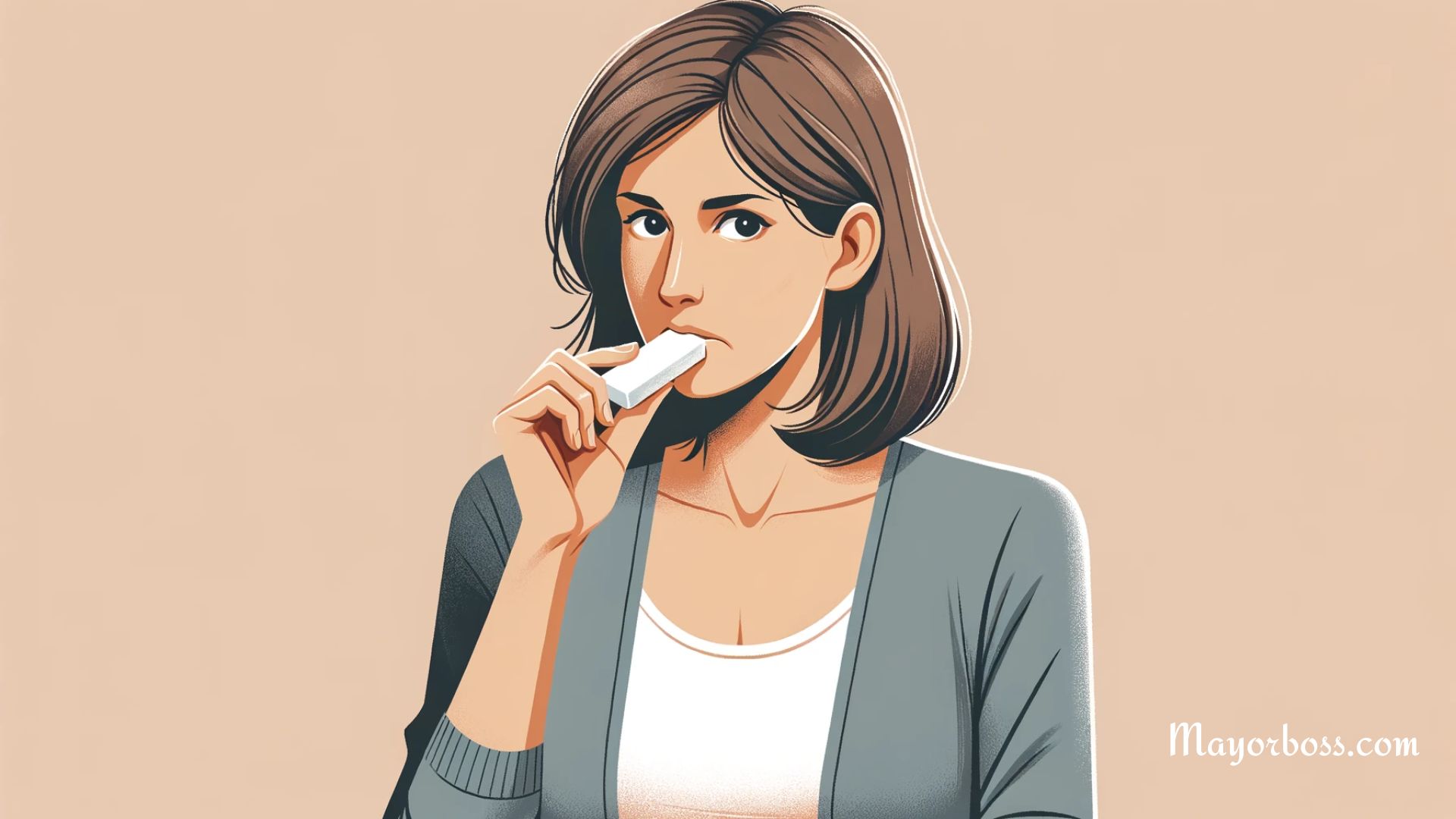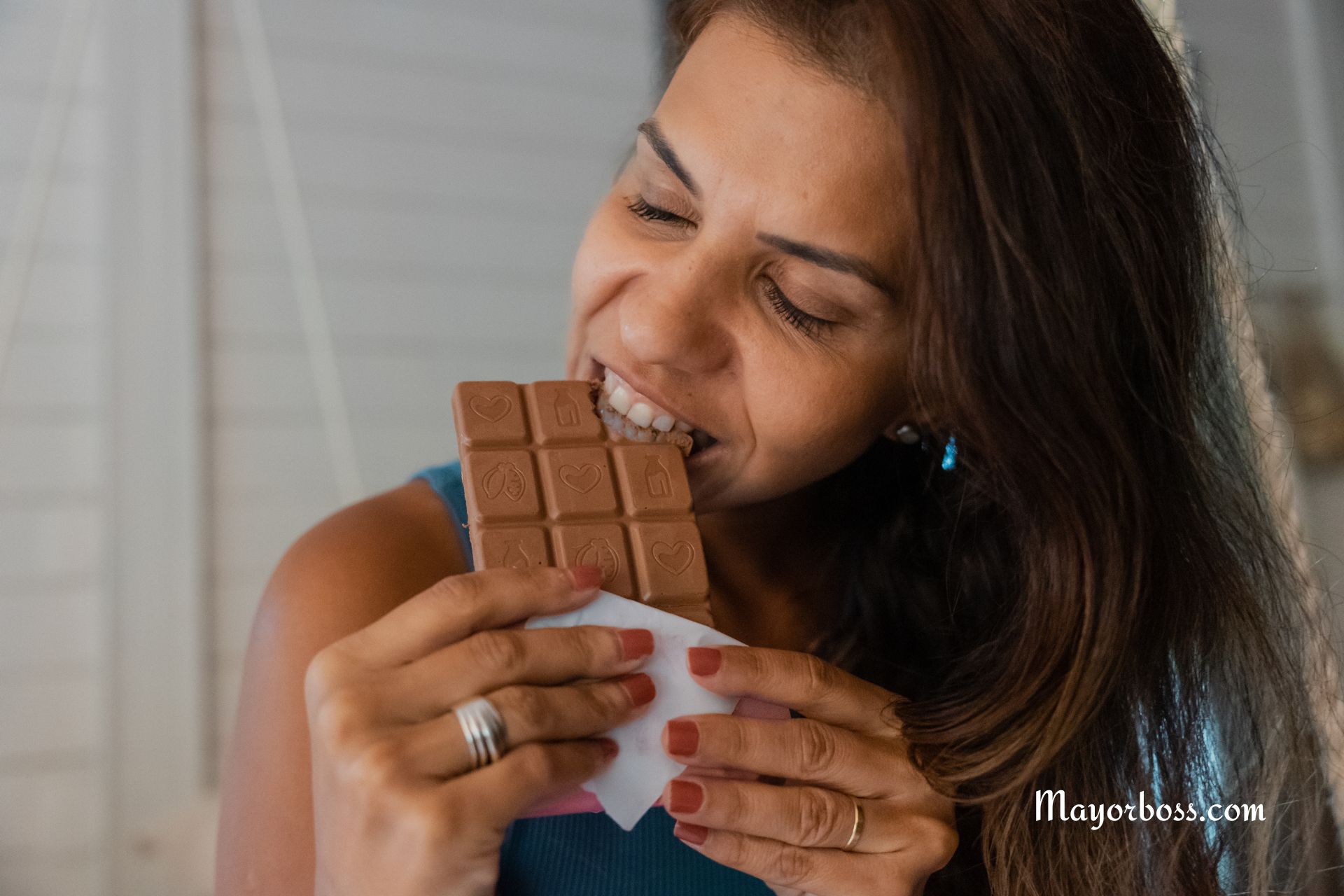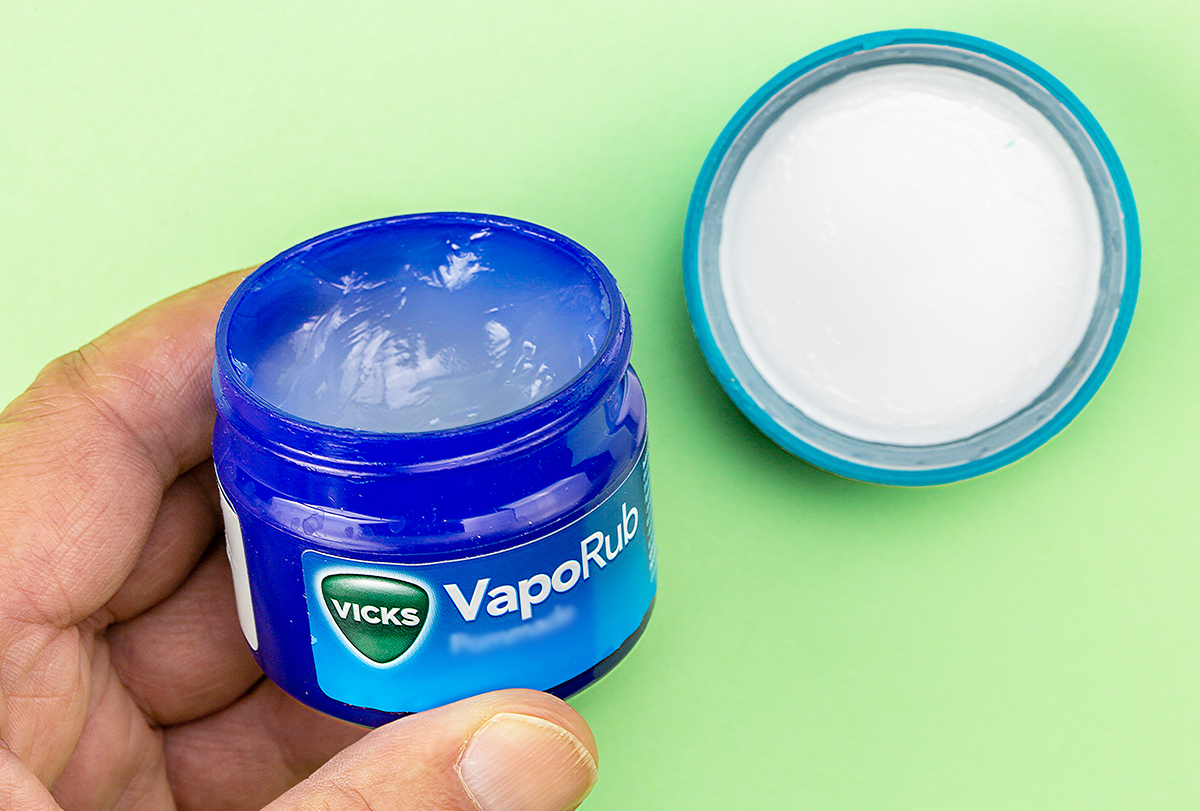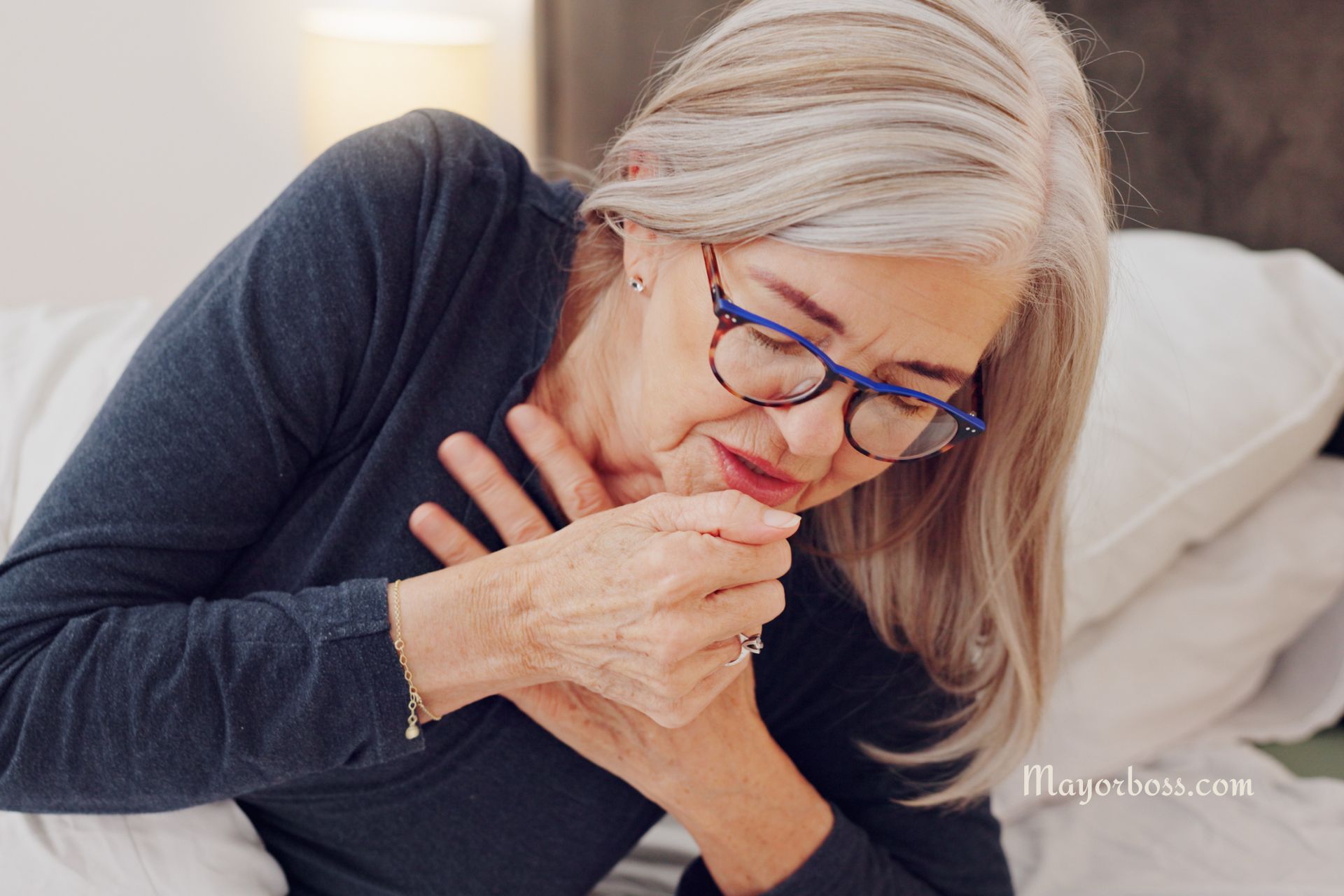What Are Heat Cramps?
What Are Heat Cramps?
Heat cramps are a type of heat-related illness that involves painful, involuntary muscle spasms. They often occur after intense physical activity in hot environments, which causes excessive sweating and consequent salt imbalance in your body. You’re most likely to experience heat cramps in your legs, arms, or abdomen, but they can happen in any muscle group.
Like a Charley horse, heat cramps can come on suddenly and last for a few seconds to several minutes. Although they can be distressing, they typically go away on their own with rest and hydration. In this article, let’s delve deeper into heat cramps, including their symptoms, causes, risk factors, and what you can do to prevent and treat them.
Symptoms of Heat Cramps
The most distinctive symptom of heat cramps is a sudden, intense pain caused by a spasming muscle. The muscle may feel hard to the touch or appear visibly distorted. Occasionally, you might even notice the muscle twitching.
While heat cramps most commonly affect the muscles used during the exercise or physical activity — such as those in your legs or arms — they can also occur in other areas like your abdomen.
Heat cramps may occur during the activity or even hours later. After the cramp subsides, you may continue to feel pain or soreness in the affected muscle for some time.
Causes of Heat Cramps
The primary cause of heat cramps is an electrolyte imbalance due to excessive sweating. When you sweat profusely, your body loses vital salts and minerals, like sodium and potassium, which are essential for normal muscle function. This can result in involuntary muscle contractions or cramps.
Heat cramps are more common during hot weather, particularly if you’re engaging in intense physical activity or work. They’re also more likely if you’re not drinking enough fluids or if you’re wearing heavy clothing that prevents sweat from evaporating.
Who Is Most Likely to Get Heat Cramps?
While anyone can experience heat cramps, certain people are at a higher risk. These include:
- Athletes, particularly those who exercise in hot conditions without taking necessary precautions.
- Workers who are exposed to hot environments, such as construction workers or factory workers.
- People who aren’t accustomed to the heat, like those who have recently moved to a hot climate.
- People who don’t drink enough fluids or who lose excessive fluids, for instance, due to a condition like hyperhidrosis (excessive sweating).
How to Deal With Heat Cramps
Heat cramps can be quite uncomfortable, but the good news is that they often resolve with a few simple measures.
If you’re experiencing heat cramps, the first step is to rest in a cool place. Hydrate yourself by drinking water, or better yet, an electrolyte-rich sports drink that can replenish the lost salts.
Gently massaging the cramped muscle can also help alleviate the pain. Applying a cool compress to the affected area can provide further relief.
If your cramps are severe or persist despite these measures, seek medical attention.
Preventing Heat Cramps
There are several ways to prevent heat cramps:
- Hydrate: Drink plenty of fluids before, during, and after physical activity, especially in hot weather.
- Replace Electrolytes: Consider an electrolyte-rich sports drink if you’re exercising intensely or for a long duration.
- Acclimate: Gradually increase the intensity and duration of your activities to get your body accustomed to the heat.
- Take Breaks: Rest frequently in a cool area when you’re active in the heat.
- Dress Appropriately: Wear lightweight, loose clothing that allows sweat to evaporate.
When to See a Doctor
While heat cramps are typically harmless and resolve with rest and hydration, you should seek medical attention if:
- The cramps are severe
- The cramps persist for an hour or more despite self-care
- You’re experiencing other heat-related symptoms such as dizziness, vomiting, or fainting
- You have heart disease or are you on a low-sodium diet
A healthcare professional can provide appropriate treatment and also determine if there’s an underlying condition that needs attention.
In Summary
Heat cramps are painful, involuntary muscle spasms typically caused by heavy sweating and electrolyte imbalance during intense physical activity in hot conditions. They can be uncomfortable, but they’re generally not serious and can be managed with rest, hydration, and cooling measures. Prevention is key, so make sure to drink plenty of fluids, replace lost electrolytes, gradually get used to the heat, take regular breaks, and dress appropriately for the weather. Seek medical attention if your cramps are severe, last a long time, or are accompanied by other worrying symptoms.
Future Reading: How to Cure Heat Exhaustion

